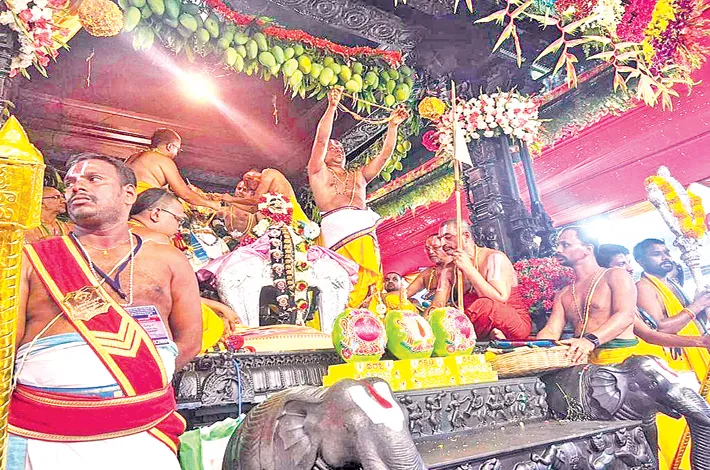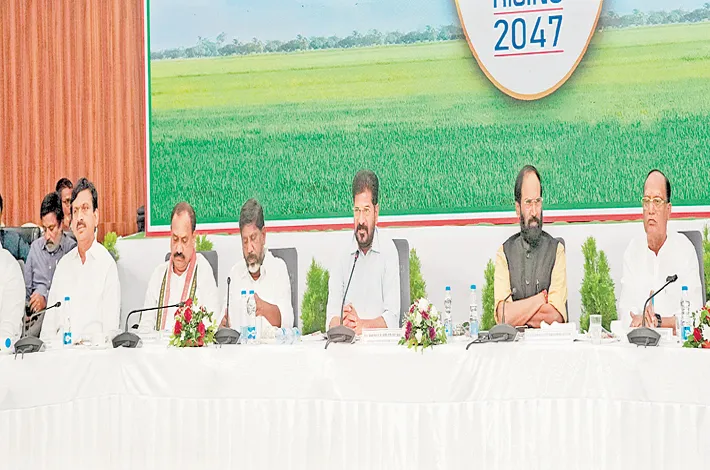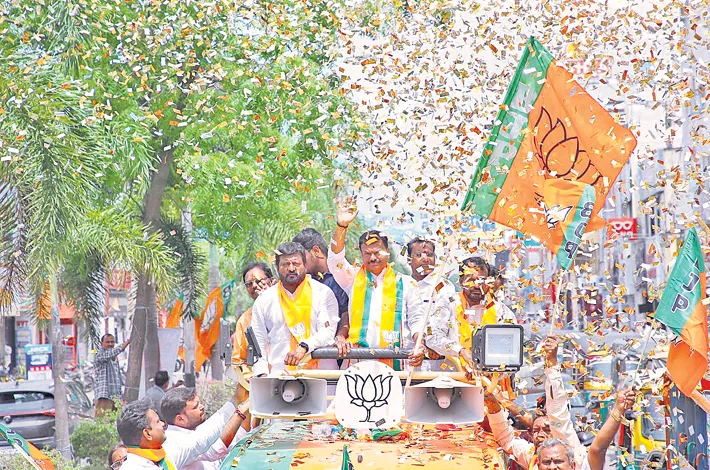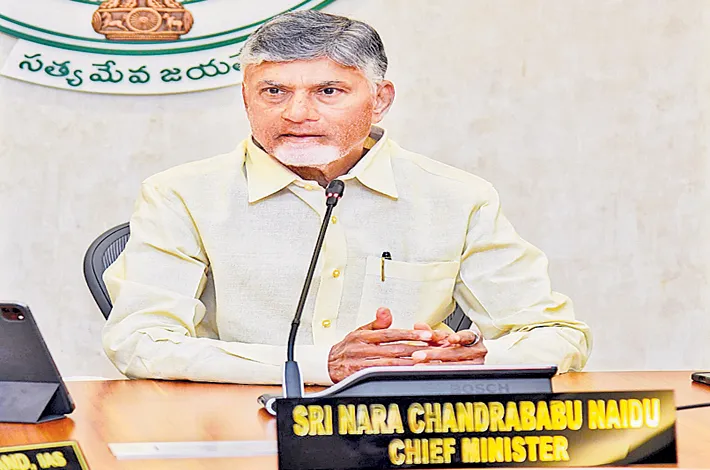Agrarian crisis, forced migration may burden Maharashtra
29-01-2025 12:00:00 AM
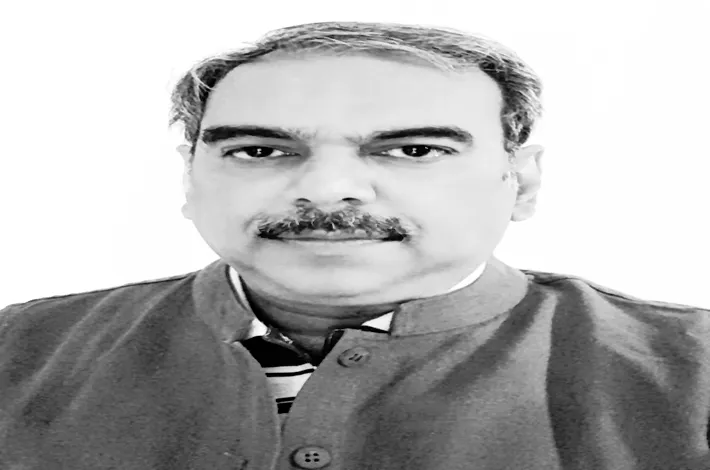
As the state finance minister prepares for Maharashtra’s annual budget, more taxes look inevitable in the next financial year
Maharashtra’s Deputy Chief Minister, Ajit Pawar, who handles the finance portfolio, now has the unenviable task of preparing the state’s annual budget for the next financial year and has given indications this week that he will have to take many tough and unpleasant decisions. This means the budget will obviously have new and additional taxes on commodities, services and products of various categories.
The state’s budget size is in the range of Rs.7 Lakh crores, and it has been running in deficit year after year as the revenues are just unable to match the expenses. This poses many financial challenges for Maharashtra, and it is clear that the burden is mainly because of the challenges of urbanisation and agrarian failure. The main challenge of urbanisation is that of forced migration, putting a huge burden on the state’s economy.
Maharashtra’s last budget, presented in an election year, was very special for the state because the ruling side not only faced the election of 48 Lok Sabha seats but also the state assembly in a state having India’s largest legislatures. No wonder the budget last year was full of freebies and giveaways, such as the Direct Benefit Transfer scheme for womenfrom the economically deprived classes. The Mukhyamantri Ladki Bahin Yojana put a burden of Rs 45 thousand crore on the state budget.
The government also announced a 50% discount for women travelling in state transport buses. The finance minister also announced a discount scheme for farmers using electric water pumps of low consumption and some schemes for students of a particular category, taking the overall burden to beyond Rs 84 thousand crores!
Elections are now over. Many observers feel that the desired effects of the Direct Benefit Transfer (DBT) schemes for women and farmers yielded the results and gave Mahayuti a thumping majority in the state assembly. But now it is time to face the hard reality of meeting the challenges posed by this additional expenditure from the state’s coffers.
The Maharashtra State Road Transport Corporation, popularly known as the ST bus service, announced a 15% hike in travel tickets last week, giving an indication of things to come in the state budget. It is time, to face the hard economic reality and brace for new taxes that the state is likely to impose. Bringing in yet another possible inflationary trend.
Two main reasons according to many government insiders for this economic crisis are very clear but unavoidable. First, is the agrarian crisis, which continues to affect the state despite a reasonably good monsoon last year; and second, is the constant influx of migration into Maharashtra, creating huge problems of urbanisation and putting stress on the state’s economy.
Just last week, the farmers in Maharashtra experienced a glut in the tomato market. Maharashtra is India’s largest tomato producer, and it supplies the commodity to the entire north of India and eastern parts of the country. The wholesale prices of tomatoes fell to Rs. 5 per kilo in the Narayangaon market in Western Maharashtra, India’s largest tomato wholesale centre.
A similar trend was seen among sugarcane farmers of south Maharashtra last year. Many farmers have openly announced that agriculture is just not sustainable for them in the current price structure. The situation has brought in a recessionary trend in the agrariam sector.
While the rural farm sector faces these challenges, urban Maharashtra is struggling with a different problem. Maharashtra now accounts for the largest migration. According to recent figures, there are now close to 90 lakh migrant workers living in the state. No other state has such a large number of migrants. Lack of jobs in various parts of the country is the reason behind people moving to Maharashtra leading to rising unemployment here.
Unfortunately, none of the large political parties or leaders seem to be addressing these problems. Last week, there was a lot of debate in the media about political parties from both sides of the divide competing either for juicy portfolios or for positions as guardian ministers of large districts. But nobody seems to be talking about the problems that are now threatening the economic welfare of Maharashtra.
The state is now spending close to 60% of its revenue on government salaries and pensions, leaving very little funds for developmental work. Rural irrigation schemes, construction of new roads in rural areas and other similar projects are getting hampered.
The construction of big highways has been virtually privatised, and citizens have to pay tolls for the use of those highways; health care has been largely privatised, and so has education. The state political leadership made tall promises ahead of the election season last year, meeting most of those is going to be harder and harder in the coming months and years!





